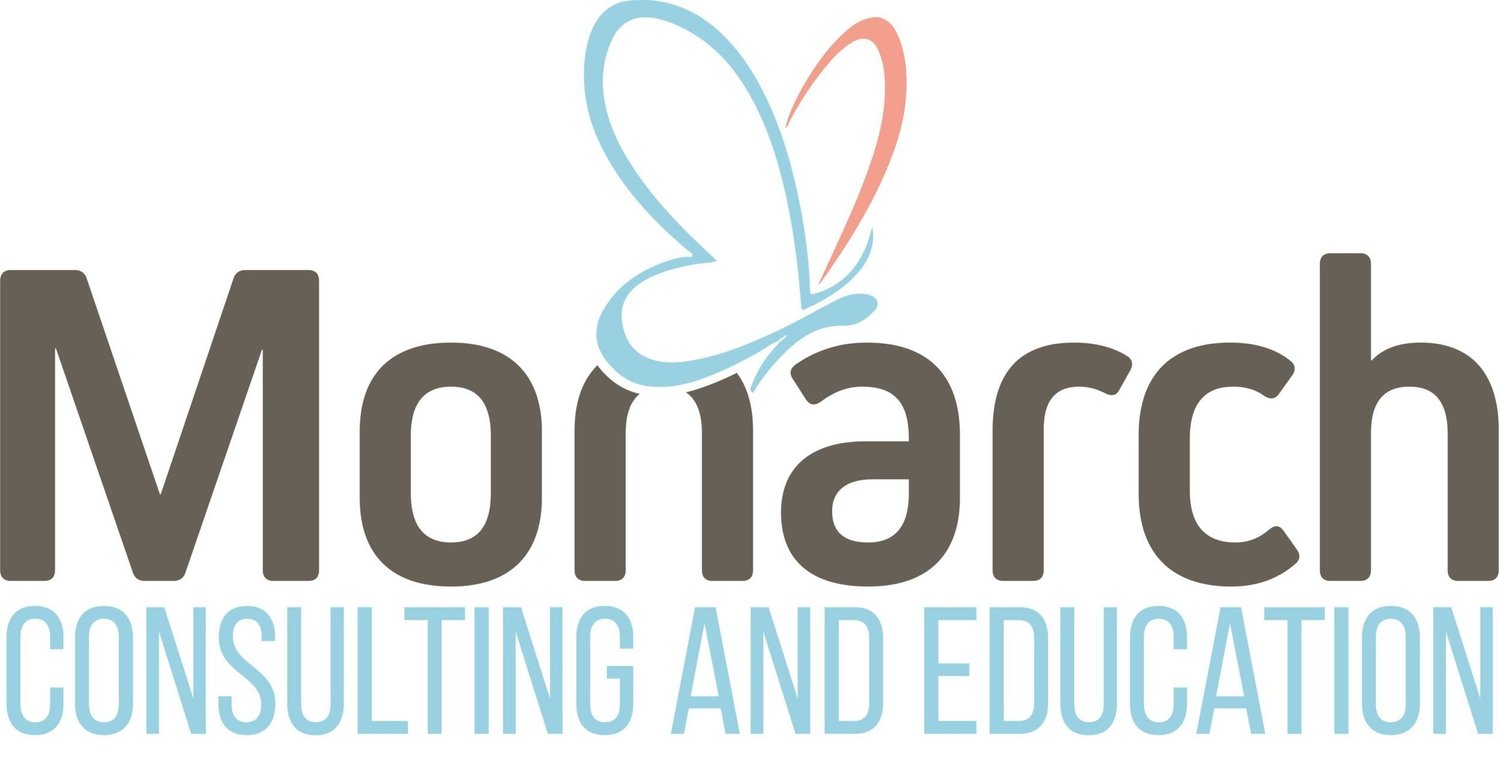Is MLD…Massage?
As more and more massage therapists become certified to provide Manual Lymphatic Drainage to clients with swelling disorders, pain, post-op procedures and autoimmune dysfunction, more and more services available to the consumer claim to provide the beneficial ‘lymphatic massage’. The term ‘massage’ when referring to MLD has been a debated topic for many years. A traditional Swedish massage is in every way different from MLD and has very different indications for its use. Oftentimes, when a Swedish massage is contraindicated, MLD is indicated. When a client gets a doctor’s recommendation for MLD, they are likely not going to know the difference between a lymphatic massage and the distinct, research supported, Manual Lymphatic Drainage.
Manual Lymphatic Drainage is performed as a very light hands-on treatment aimed at mobilizing stagnant fluid and cellular debris toward regional lymph nodes in order to reduce swelling and to detoxify the body’s delicate tissues. We mimic the body’s natural rhythms and utilize very purposeful routes to move fluid, and we apply very light pressure to target the very superficial lymphatic capillaries in order to remove fluid from the interstitial spaces. These capillaries will eventually take that excess water, protein and debris sitting in our interstitial tissues through our body’s lymph nodes for purification and then into the cardiovascular system for recirculation of clean fluid taking nutrients and oxygen to our cells.
So what can we do to reduce confusion between traditional massage and MLD? Educate. Educate our peers, medical community and clients in the difference between tool/ machine assisted or deeply applied ‘lymphatic massage’ and the light, hands-on purposeful approach performed by a Certified Manual Lymphatic Drainage therapist or Certified Lymphedema Therapist of MLD. Maybe we can forgo the use of ‘massage’ altogether when referring to MLD treatments.
“Manual lymphatic drainage (aka lymphatic drainage) is a light-touch modality that is applied to reduce swelling of the face or body through specialized skills, techniques and practices. It is often applied by massage therapists despite being quite different from massage.”
“… there are some who perform lymphatic massage, skipping the light, skilled touch of lymphatic capillary work by claiming to do greater work on larger lymphatic vessels. A lymphatic massage applies kneading or ischemic compression over the lymphatic system’s unique pathways with moderate pressure, which is not a true holistic application of lymphatic drainage, nor is it an appropriate amount of pressure to work with on swollen tissues. Some of these lymphatic massages are performed through clothing, which requires a practitioner to apply even more pressure which could harm a swollen client.”
“In Swedish massage, clients can request work almost anywhere they wish, in any order they wish, with a variety of pressures that can be changed from one appointment to the next. In lymphatic drainage, a specific order or routine is followed, with minimal pressure that cannot be altered without medical reasoning.”
